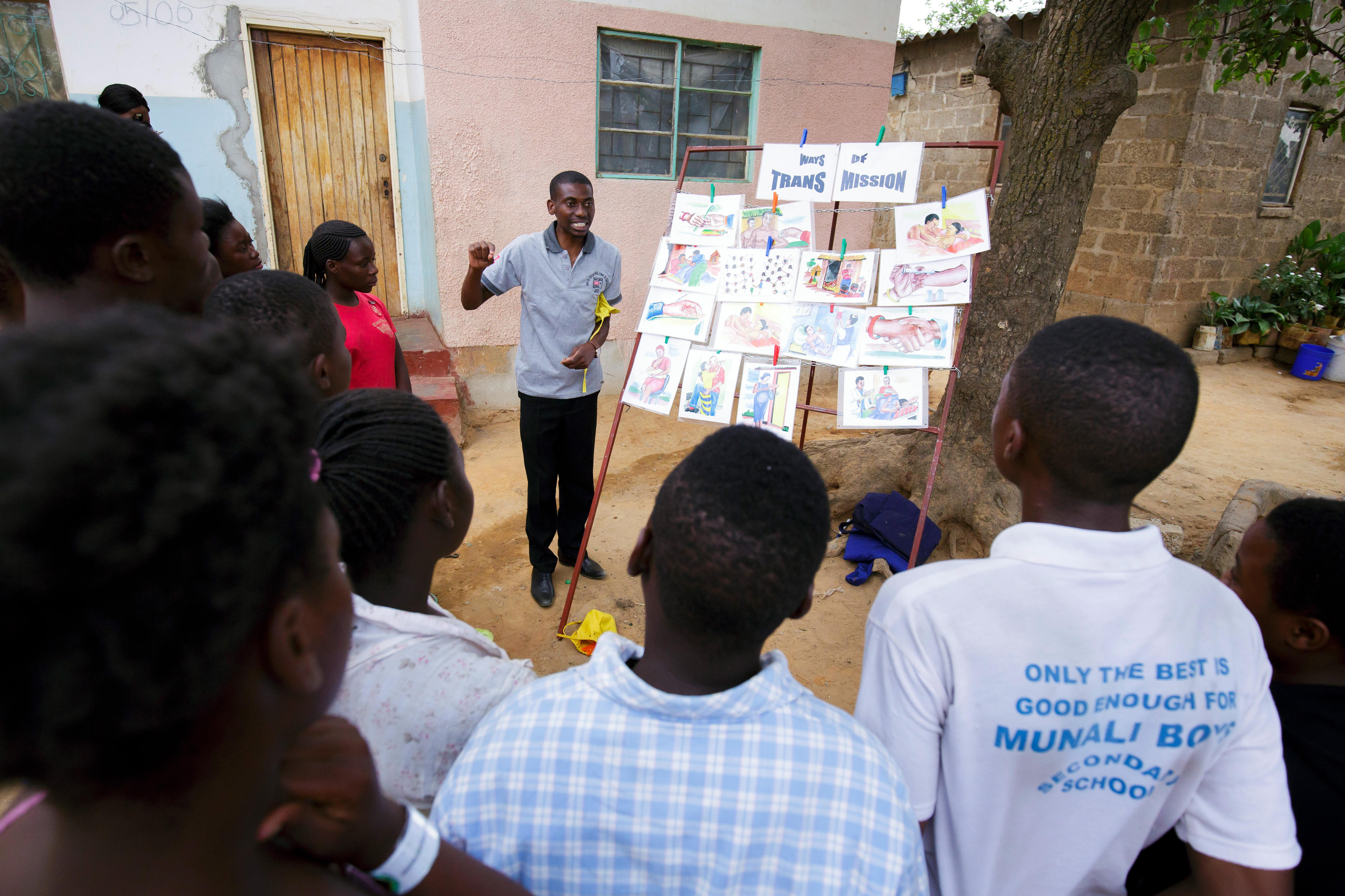Social situation Severe rural poverty
The cost of living is going up. The Hichilema government is seeking to protect spending on education and health despite high levels of debt. School fees have been abolished, additional teaching and medical staff have been recruited.
Zambia has one of the highest malnutrition rates in all of Africa (the average for sub-Saharan Africa is currently 22 per cent). The 2023 Global Hunger Index (External link) describes the situation in Zambia as “serious”, with 31 per cent of the people being undernourished. Almost one third (31.4 per cent) of children under five suffer from stunting, some six per cent of children die before they reach the age of five. The 2023 Global Hunger Index ranks Zambia 110th out of 128 countries.
There are few other countries with such pronounced income disparities as Zambia, which has a Gini co-efficient of 57.1. What is more, much of the development progress achieved is cancelled out by the country's rapid population growth (2.8 per cent in 2022).
Zambia's economy is profiting massively from high copper prices, yet, at the same time, the sector offers employment to comparatively few people. That is why the Zambian government is striving to achieve ambitious economic reforms so as to improve the climate for doing business and expand the agricultural sector. Public authorities, especially at local level, often lack the necessary skilled personnel and funds.
On the latest United Nations Human Development Index (HDI), Zambia is ranked 154th out of 193 countries.
HIV prevention workshop in Lusaka, Zambia
More than one in ten adults between the ages of 15 and 49 are infected with the HI virus. The epidemic cut average life expectancy to just 43 years in the late 1990s. The availability of antiretroviral therapy – mainly provided under US development cooperation – has since brought it back up to 63 years. Young people, however, are still at particular risk, as they are often not sufficiently well-informed about HIV and AIDS.
The situation for women and girls
Women's social and legal position is still strongly dictated by tradition, in rural areas and also elsewhere. Although gender equality is enshrined in the constitution, social change is slow in coming.
Many girls leave school early because they are pregnant. The COVID-19 pandemic has exacerbated the situation. Domestic and sexual violence against women and girls is widespread. The government is striving to tackle this violence and the oppression of women with the help of fast track courts, however these measures are not enough by far.
As at: 30/10/2023
